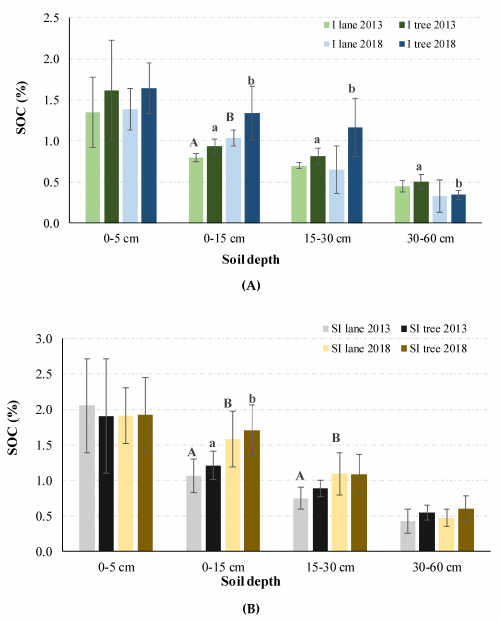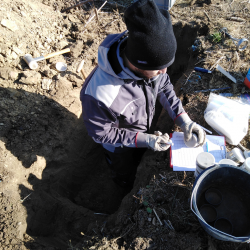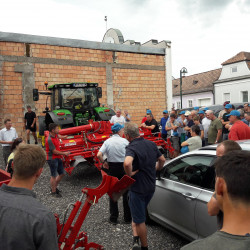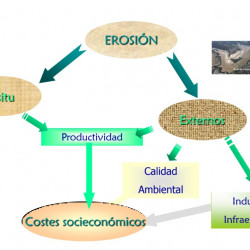First TUdi article: Comparing soil organic carbon stock evolution in different planting systems
The first TUdi article has just been published in the Agriculture journal. It presents an evaluation of soil organic carbon (SOC) and stock (SOCstock) for the whole rooting depth, spaced 55 months in two adjacent olive orchards with similar conditions but different tree densities. The study is called “Comparison of Soil Organic Carbon Stocks Evolution in Two Olive Orchards with Different Planting Systems in Southern Spain” and is co-written by TUdi project coordinator Dr. José A. Gómez and researchers from the University of Córdoba.
The goal of this research is to test the hypothesis that olive orchards at different plant densities will have different rates of accumulation of SOC in the whole soil rooting depth. The study was carried out in a commercial olive tree farm, “El Alamillo”, located in southwestern Spain, where the soil sampling was performed in two olive orchards twice, first in November 2013 and second in June 2018. One of the olive orchards had a tree density of 312 tree ha−1 (intensive), while the other had a tree density of 1852 tree ha−1 (superintensive). The samples were obtained at four different depth intervals (0–5 cm, 0–15 cm, 15–30 cm and 30–60 cm, where possible).
The results of the research show that the superintensive olive orchard presented a higher rate of increase in SOCstock as compared to the intensive olive orchard. In both cases, the increase is associated with an increase in relatively deep soil layers, mainly 0–15 cm depth, while the SOC in the 0–5 cm topsoil layer did not show a significant increase.
Scientists also point to the need for improvement in the detection capabilities to efficiently monitor moderate increases in SOC. The results of this research can provide insight for current discussions on the actual potential of carbon sequestration by olive orchards, as well as on the provision of ecosystem services by different typologies of olive groves, in combination with other key factors related to a proper functioning soil.
Image: Comparison of soil organic carbon concentration (SOC; %) evolution between 2013 and 2018 in the intensive (A) and superintensive (B) olive orchard. Different letters indicate statistically significant differences (p < 0.05, using a Kruskal–Wallis test) between the two soil sampling dates for the same soil depth (0–5, 0–15, 15–30 and 30–60 cm) and location (lane, capital letters, or tree, lowercase letters) within each orchard.




